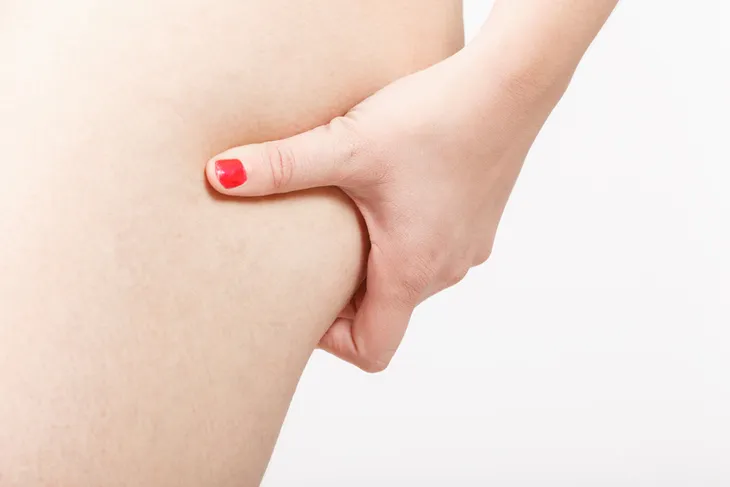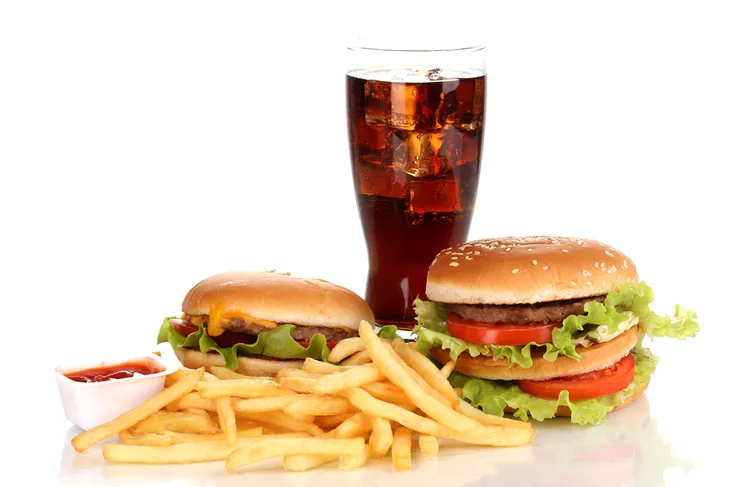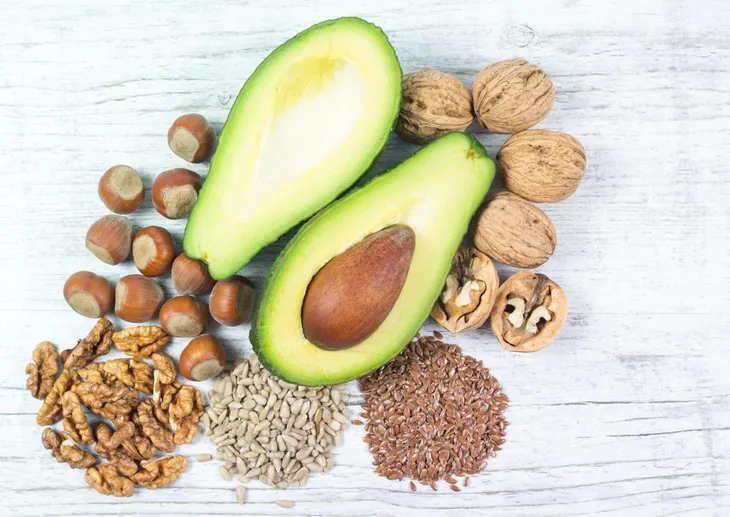Say the word “fat” and most of us throw our hands up in defeat. You’ve heard the benefits of a low fat diet immediately followed by claims that the average American doesn’t eat enough heart-healthy fats. The facts on fat—navigating what type is good for you and what type of steer clear of, and what type ends up giggling on your thighs—is just downright confounding.
That’s why we’re giving you the skinny on fat right now…
There are Many Types of Body Fat
Body fat isn’t all created equal. For instance, every individual body is made up of various types of fat—including brown, white, subcutaneous, visceral, and belly fat.
- White fat stores our energy and secrets hormones (i.e., adiponectin, for blood sugar sensitivity and protection from heart disease and diabetes), it’s also the fat we tend to burn with diet changes and exercise.
- Brown fat, or muscle-like fat, which burns calories and white fat when stimulated by healthy diet and exercise, and keeps us warm.
- Subcutaneous fat that lies directly under our skin and is used to measure body fat (with skinfold calipers), and a type of fat, when in excess, leads to the spare tire, or belly fat.
- Visceral fat, or deep fat, can develop around organs (i.e., fatty liver) and contribute to belly fat, and puts us at risk for diabetes, stroke, and heart disease.
- Belly fat is made up of subcutaneous and visceral fat.
The Purpose of Fat
Yes, you read that correctly, fat actually has a purpose—in fact, it has two distinct purposes, which doctors at the Boston Obesity and Nutrition Research Center at Boston University, have narrowed down to this:
- Fat cells store extra calories and take from them when you are hunger and energy deprived.
- Our fat cells emit a series of hormones that regulate our metabolism.
Waist is Equivalent to Heart Health
Doctors at the Mayo Clinic claim that you can predict an individual’s risk of heart disease by taking a peek at the circumference of their waist. For instance, a research study measured the waists of women to determine their future risk of type 2 diabetes, heart disease, and stroke, and found that those with middles in excess of 37-inches around had an 80-percent increased risk of health issues compared to those with middles less than 27-inches around.
Individual Fat Cell Makeup
We’ve already established that fat in our bodies comes in various types—white fat, brown fat, visceral fat, subcutaneous fat, and belly fat. However, scientists at Cornell’s Obesity Clinic, say it’s all about your individual fat cell makeup. For instance, if you have small white fat cells, you’ll produce more adiponectin, a glucose-regulating hormone.
On the other hand, the larger your fat cells (or the larger your fat mass), the less adiponectin you’ll produce, putting you at risk of diabetes and heart disease.
Butt vs. Thigh Fat vs. Belly Fat
It’s a well debated fat that women tend to develop fat on their buttocks and thighs (pear shape) while men tend to amass fat in the belly area (spare tire). However, is one area better for fat accumulation than the others? The answer is yes, according to experts at Harvard Medical School, who claim that the most dangerous is belly fat accumulation, which raises the rate of metabolic disease (i.e., diabetes, heart attack, and stroke).
So, What is Healthy Fat?
When it comes to eating fats, unsaturated fats—or fats largely featured in the highly touted Mediterranean diet (one high in fatty fish, nuts, grains, olive oil, and avocados)—are touted as healthy by experts, including nutritionists at the Harvard School of Public Health.
Keep in mind that all fat is not created equal and seek to get the majority of your fats from whole foods as opposed to processed foods to ensure you’re eating mostly fats of the saturated variety.
The Fat You Should Cut Out
While unsaturated fats are considered “healthy fats”—saturated fats, or the group of artificial fats found in processed foods, contribute zero nutrition to your diet. The Harvard School of Public Health links diets high in saturated fats to increased levels of “bad” LDL cholesterol, and thus, an increased risk of heart-related conditions and diseases.
Swap Saturated Fats for Unsaturated Fats
One simple way to ensure you’re getting the good fats is by swapping saturated fats in your diet (i.e., butter, bagged chips, and white bread) with unsaturated fats (i.e., apple butter, homemade baked sweet potato chips with olive oil, and whole grains). The simple swap will help you keep fats straight.











